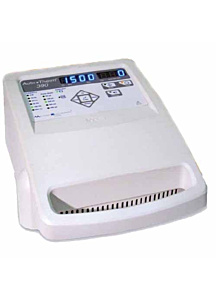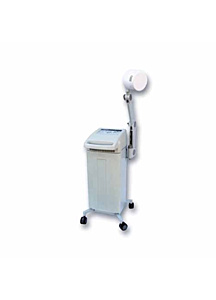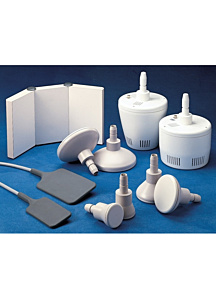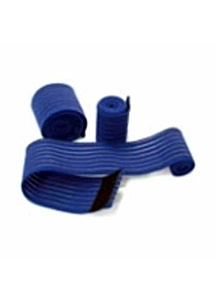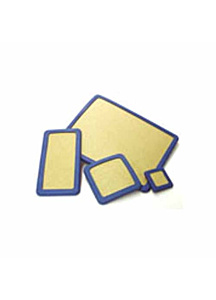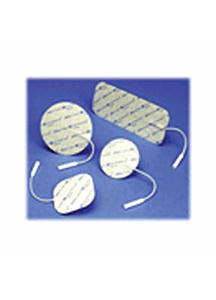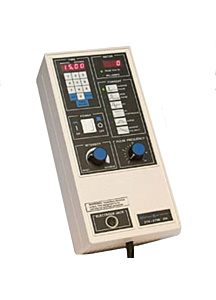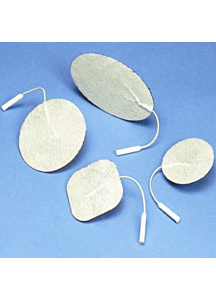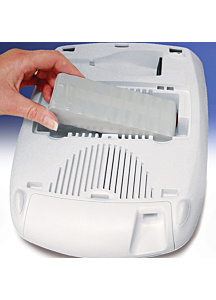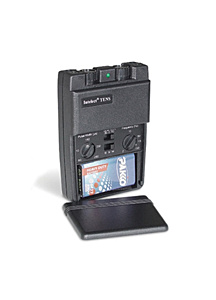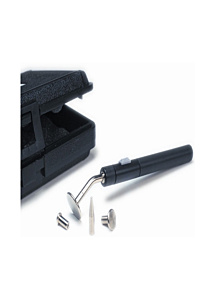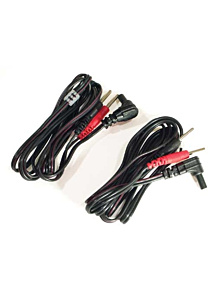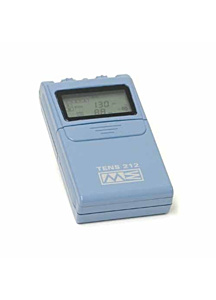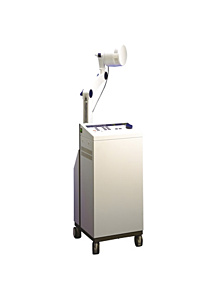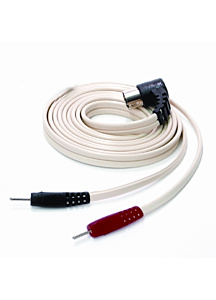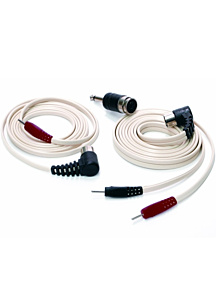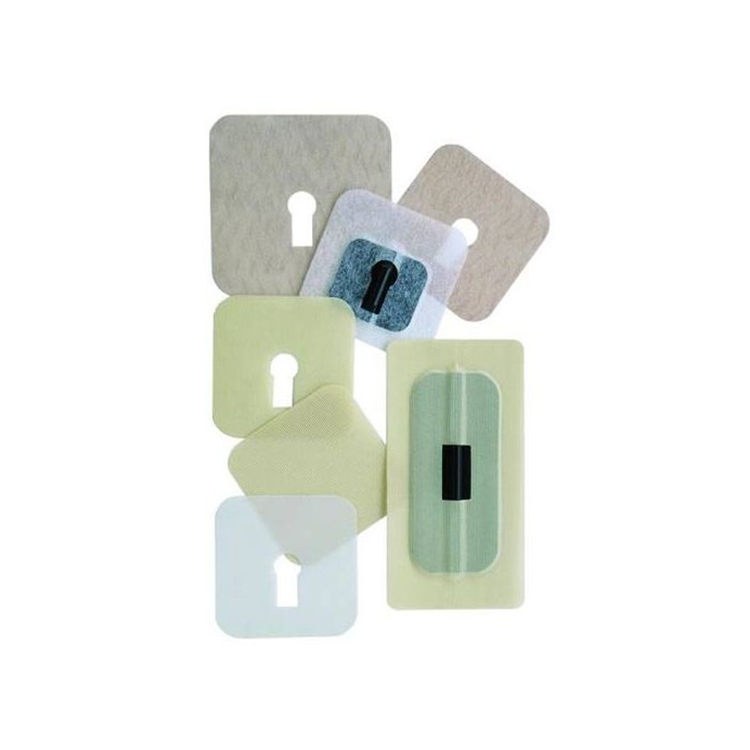TENS Units
TENS Unit Therapy
TENS unit therapy, or Transcutaneous Electrical Nerve Stimulation, is the use of electrical current applied to the skin for pain relief. Used for both chronic and acute, or temporary, pain, TENS unit therapy is widely used by doctors, physical therapists, athletes, and those who suffer from chronic back or knee pain. First used in ancient Greece in 63 A.D., in which people relieved pain by standing on electrical fish at the seashore, the first patient-wearable TENS unit was patented in the United States in 1974. TENS unit therapy is a non-invasive and safe way to manage pain when used properly.
How do TENS units work?
TENS unit devices use high and low frequency electrical impulses to stimulate nerves, or to be more specific, opioid receptors in the central nervous system. High and low frequency TENS devices trigger different parts of the central nervous system depending on your specific needs: high frequency triggers delta-opioid receptors in the spinal cord and the supraspinally while low frequency TENS therapy activates mu-opioid receptors in the spinal cord and the supraspinally. High frequency TENS also activates muscarinic receptors centrally to produce analgesia, essentially blocking the pain gate temporarily. Low frequency treatment releases serotonin and activates serotonin receptors in the spinal cord. Essentially, TENS unit therapy is used to help relieve neuropathic pain, or pain caused by nerve damage.
TENS Pain Relief
TENS units are intended to reduce both chronic and acute pain including, but not limited to, postoperative pain, osteoarthritis, and chronic musculoskeletal pain. Many patients benefit from TENS unit therapy while others do not depending on individual differences and their pain threshold. TENS has also been used in obstetric care during labor, bladder-stone removal, and pain in the limbs, especially the knees.
The TENS unit devices available to consumers are essentially simplified versions of the more complex models used by physicians, physical therapists, and other healthcare professionals. Featuring digital LCD screens and preset therapy programs, home TENS units give end users an easy and inexpensive way to enjoy pain relief treatments similar what they would receive during an appointment. Professional model TENS units are controlled by digital or analog means and have no preset programs, but allow the healthcare provider to adjust frequency and pulse width settings to suit the patient. Hybrid TENS units are also available that have preset therapy programs but also allow the user to experiment with the settings for the best treatment possible.
Why TENS Unit Therapy?
TENS therapy offers users in pain an alternative way to treat their discomfort. While medications and heating or cooling pads can be effective, many patients respond better to a TENS unit. Medications can often present the danger of side-effects, such as addiction, stomach issues from overuse, and/or allergic reactions. Hot and cold packs can be uncomfortable and are not always convenient to have available, whereas TENS devices are often completely portable so they can be used anywhere. TENS devices also treat the source of the pain (the nerves), making a quicker and more effective form of pain relief for those with nerve damage.
Is TENS Unit Therapy Safe to Use?
TENS therapy is both a safe and non-invasive way to relieve pain. However, TENS units should be used with caution and under a doctor"s supervision in people with epilepsy or pregnant women. The TENS electrodes should never be placed over a pregnant woman"s uterus as this may affect the unborn child. TENS units should also never be used by someone with a cardiac pacemaker due to the risk of interference or failure of the implanted device.
Proper placement of the TENS electrodes is also key for safety. Never place the electrodes:
- On each temple (transcerebrally)
- In the mouth
- On or near the eyes
- On the front of the neck
- Directly on the groin, such as on the penis or testicles
- On areas of numb skin or skin with deceased sensation
- On or near the trigeminal nerve if you have a history of herpes zoster induced trigeminal neuralgia
- On broken skin or wounds
As mentioned before, consult your doctor or healthcare professional before starting a TENS unit therapy program for proper guidance and to make sure that TENS therapy is right for you.

